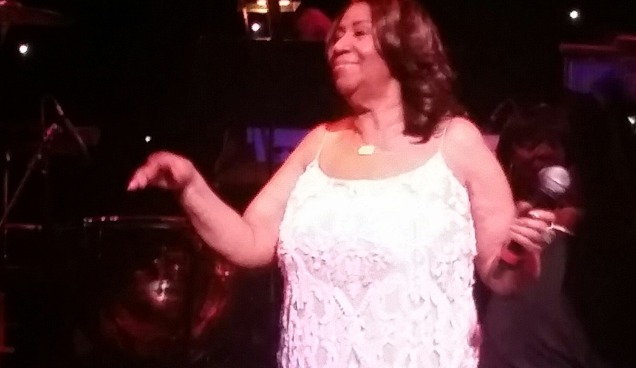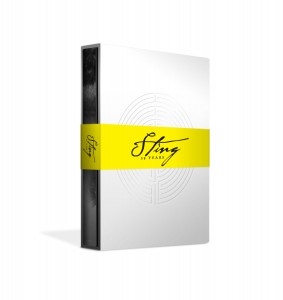The main films for the Venice Film Festival have been announced. Venice preceeds the slightly more accessible and certainly more affordable Toronto Film Festival. And while the idea of Venice is romantic, don’t forget that their winners are often very oddball choices that are never talked about again–except in a bemused away. Nonetheless, there are a lot of much anticipated films on this list including “Tinker, Tailor, Soldier, Spy.” The John LeCarre novel was a huge bestseller, and has been long in the works. A lot of people will be disappointed if the filmmakers have screwed it up.
In Competition
The Ides Of March, George Clooney (US)
Tinker, Tailor, Soldier, Spy, Tomas Alfredson (UK, Germany)
Wuthering Heights, Andrea Arnold (UK)
Texas Killing Fields, Ami Canaan Maan (US) (second work)
Quando La Notte, Cristina Comencini (Italy)
Terraferma, Emanuele Crialese (Italy/France)
A Dangerous Method, David Cronenberg (Germany/Canada)
4:44 Last Day On Earth, Abel Ferrara (US)
Killer Joe, William Friedkin (US)
Un Ete Brulant, Philippe Garrel (France/Italy/Switzerland)
A Simple Life (Taojie), Ann Hui (China/Hong Kong)
The Exchange (Hahithalfut), Eran Kolirin (Israel) (second work)
Alps (Alpeis),Yorgos Lanthimos (Greece)
Shame, Steve McQueen (UK) (second work)
L’ultimo Terrestre, Gian Alfonso Pacinotti (GIPI) (Italy) (first work)
Carnage, Roman Polanski (France/Germany/Spain/Poland)
Chicken With Plums, Marjane Satrapi and Vincent Paronnaud (France/Belgium/Germany)
Faust, Aleksander Sokurov (Russia)
Dark Horse,Todd Solondz (US)
Himizu, Sion Sono (Japan)
Seediq Bale, Wei Te-Sheng (Taiwan) (second work)
Surprise film
Showing Out Of Competition
Vivan las Antipodas!(documentary), Victor Kossakovsky (Germany/Argentina/Holland/Chile/Russia)
La Folie Almayer, Chantal Akerman (Belgium/France)
The Sorcerer And The White Snake (Baish Echuanshuo), Tony Ching Siu-Tung (China/Hong Kong)
Giochi D’estate, Rolando Colla (Switzerland/Italy)
La Desintegration, Philippe Fauchon (Belgium)
The Moth Diaries, Mary Harron (Canada/Ireland)
Alois Nebel, Tomas Lunak (first work) (Czech Republic/Germany)
W.E., Madonna (UK) (second work)
Eva, Kike Maillo (UK) (first work)
Scossa, Francesco Maselli, Carlo Lizzani, Ugo Gregoretti, Nino Russo (Italy)
La Cle Des Champs,Claude Nuridsany, Marie Perennou (France)
Il Villaggio Di Cartone, Ermanno Olmi (Italy)
Wilde Salome, Al Pacino (US)
Tormented, Takashi Shimizu (Japan)
Contagion, Steven Soderbergh (US)
Marco Bellocchio,Venezia 2011, Pietro Marcello (Italy) (documentary, short)
La Meditazione Di Hayez, Mario Martone (Italy) (short)
Tahrir 2011,Tamer Ezzat, Ahmad Abdalla, Ayten Amin, Amr Salama (Egypt) (documentary)
The End, Collectif Abounaddara (Syria)
Vanguard, Colleftif Abounaddara (Syria)
Evolution (Megaplex)(3D), Marco Brambilla (US)
Damsels In Distress, Whit Stillman (US) [closing film]


